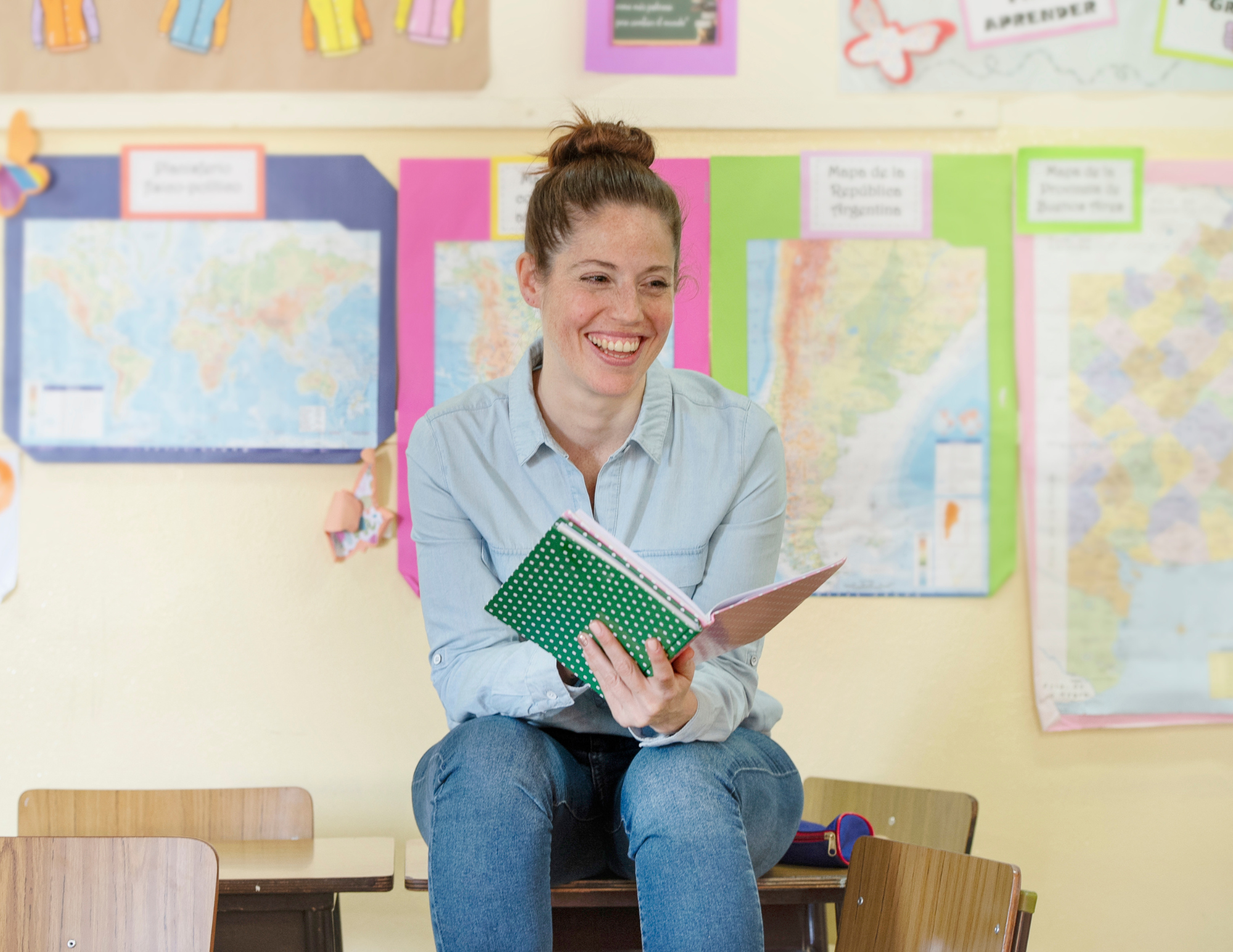
TEACHER'S WELLNESS ROADMAP FOR 2024
In the heart of every vibrant classroom, dedicated teachers work tirelessly to shape the future, impart knowledge, and inspire young minds. As the new school year approaches, it’s not just about lesson plans and syllabi; it’s about the well-being of the unsung heroes of education – the teachers.
The Teacher’s Wellness Roadmap emerges as a guiding beacon, charting a course for teachers to navigate the challenges, embrace growth, and find balance in their professional and personal lives.

Prioritizing Personal Well-being
This guide is the idea that teachers need to prioritize their well-being. It’s not about being selfish; it’s about self-care. A happy teacher is an effective one, and this guide encourages teachers to put themselves first, understanding that a well-cared-for teacher can better care for their students.
Teaching is a noble yet demanding job. The guide urges teachers to see their well-being not as a luxury but as a necessity. It’s a call to take moments for self-reflection, relaxation, and activities that bring joy. By prioritizing their well-being, teachers ensure they bring their best selves into the classroom.
Striking the Right Balance
Teaching often feels like a juggling act. This guide offers practical strategies for a healthy work-life balance. It suggests setting boundaries – both physical and mental – recognizing that saying ‘no’ is a form of self-care. The aim is not just to get through the school year but to enjoy the journey.
The guide acknowledges that finding balance isn’t an unreachable goal but an ongoing process. It encourages teachers to assess their priorities, delegate when needed, and understand that a well-rested and balanced teacher is better prepared for the challenges of the classroom.
Mindfulness in Teaching
Mindfulness isn’t a luxury; it’s a necessity. The guide introduces simple mindfulness practices, recognizing that amid the chaos of a classroom, teachers need moments of calm. Whether it’s a short meditation session before class or a mindful pause during a hectic day, these practices are designed to bring serenity to the teaching journey.
The guide invites teachers to explore mindfulness as part of their daily routine. These practices are not time-consuming but moments of intentional awareness. By incorporating mindfulness, teachers can enhance their focus, reduce stress, and create a positive classroom atmosphere.
Cultivating Mental and Emotional Resilience
Teaching isn’t just about sharing knowledge; it’s about emotional and mental resilience. The guide offers strategies to build this resilience – techniques to manage stress, foster a positive mindset, and ensure that teachers not only survive but thrive in their roles.
Teachers are emotional anchors for their students. The guide emphasizes that to fulfill this role effectively, teachers must prioritize their mental and emotional well-being. It recognizes that addressing emotions is not a sign of vulnerability but a demonstration of strength. By fostering emotional intelligence, teachers create a positive learning environment.

Unity in Well-being
Acknowledging that teaching isn’t a solo journey, the guide encourages educators to build a supportive community within their schools. Collaboration is not just about sharing resources; it’s about sharing experiences and collectively committing to well-being. A strong community ensures that the load is shared, making the journey not just manageable but enjoyable.
Teaching is often seen as an individual pursuit, but the guide challenges this idea. It encourages teachers to reach out, share their challenges and triumphs, and work collectively toward a culture of well-being. By building a supportive community, teachers find strength in unity, create a positive school culture, and contribute to the resilience of the entire education community.
Commitment to Lifelong Learning
In an ever-changing profession, the guide champions continuous learning about well-being. Attending workshops, staying updated on literature, and engaging with the latest research are not just suggestions; they are essential. The goal is to create a culture where learning is ongoing and shared.
The guide recognizes that well-being is not a one-time effort but a lifelong commitment. It encourages teachers to see themselves as perpetual learners, eager to explore new strategies and approaches to well-being. By staying informed and engaged, teachers enhance their well-being and contribute to the collective knowledge of the education community.

A Happy Teacher, A Strong Community
“The Teacher’s Wellness Guide for 2024″ is more than a guide; it’s a tool for the well-being of educators. By advocating for self-care, incorporating mindfulness practices, and fostering mental resilience, teachers invest in themselves and contribute to a strong education community.

